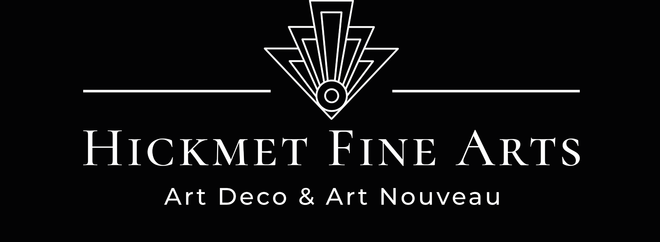A delightful Art Nouveau bronze bust of the very beautiful goddess Diana in a demure pose. The surface of the bronze with good detail and very fine rich brown patina. Raised on a shaped rouge griotte marble base, signed A.Falguiere and with foundry mark
Sorry, this item has been sold. If you would like information about similar items please contact us on 07971850405 or make an enquiry via email here.
ADDITIONAL INFORMATION
Height: 16 cm
Foundry: Thiebaut Frères
Condition: Excellent condition
Circa: 1890
Materials: Bronze and Marble
SKU: 8228
ABOUT
Alexandre Falguière
Falguière was born in Toulouse. A pupil of the École des Beaux-Arts, he won the Prix de Rome in 1859; he was awarded the medal of honor at the Paris Salon in 1868 and was appointed Officer of the Legion of Honor in 1878.
Falguière was a painter as well as a sculptor. Falguière also taught; among his students were Francis Edwin Elwell, Ernest Henri Dubois, Julien Caussé, Laurent Marqueste, Henri Crenier and Théophile Barrau.
Falguière became a member of the Institut de France (Académie des Beaux-Arts) in 1882.
The Falguière Metro station in Paris is named after him
Falguière died in Paris in 1900 and was interred there in the Père Lachaise Cemetery, where his monument is by his pupil Marqueste.
Art Nouveau Bronze
Art Nouveau was a movement that swept through the decorative arts and architecture in the late 19th and early 20th centuries. Generating enthusiasts throughout Europe and beyond, the movement issued in a wide variety of styles, and, consequently, it is known by various names, such as the Glasgow Style, or, in the German-speaking world, Jugendstil. Art Nouveau was aimed at modernizing design, seeking to escape the eclectic historical styles that had previously been popular. Artists drew inspiration from both organic and geometric forms, evolving elegant designs that united flowing, natural forms with more angular contours. The movement was committed to abolishing the traditional hierarchy of the arts, which viewed so-called liberal arts, such as painting and sculpture, as superior to craft-based decorative arts, and ultimately it had far more influence on the latter. The style went out of fashion after it gave way to Art Deco in the 1920s, but it experienced a popular revival in the 1960s, and it is now seen as an important predecessor of Modernism.
The desire to abandon the historical styles of the 19th century was an important impetus behind Art Nouveau and one that establishes the movement’s modernism. Industrial production was, at that point, widespread, and yet the decorative arts were increasingly dominated by poorly made objects imitating earlier periods. The practitioners of Art Nouveau sought to revive good workmanship, raise the status of craft, and produce genuinely modern design.















